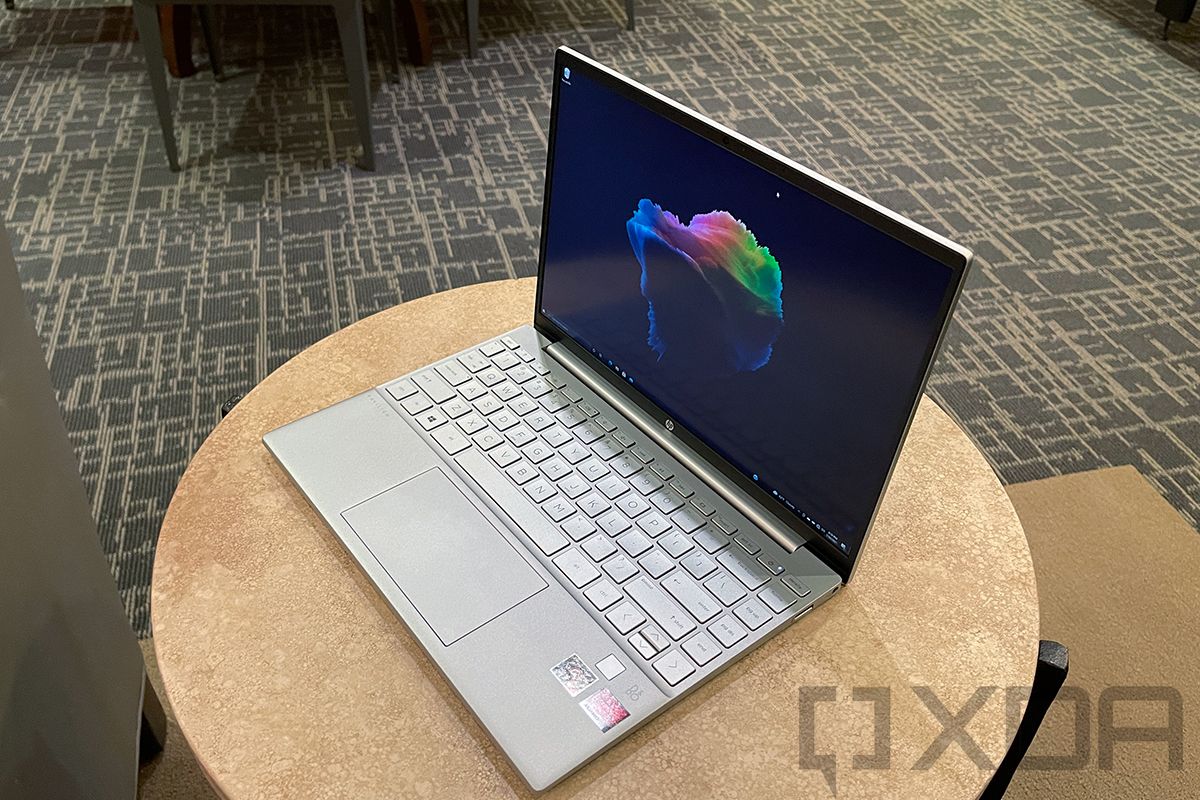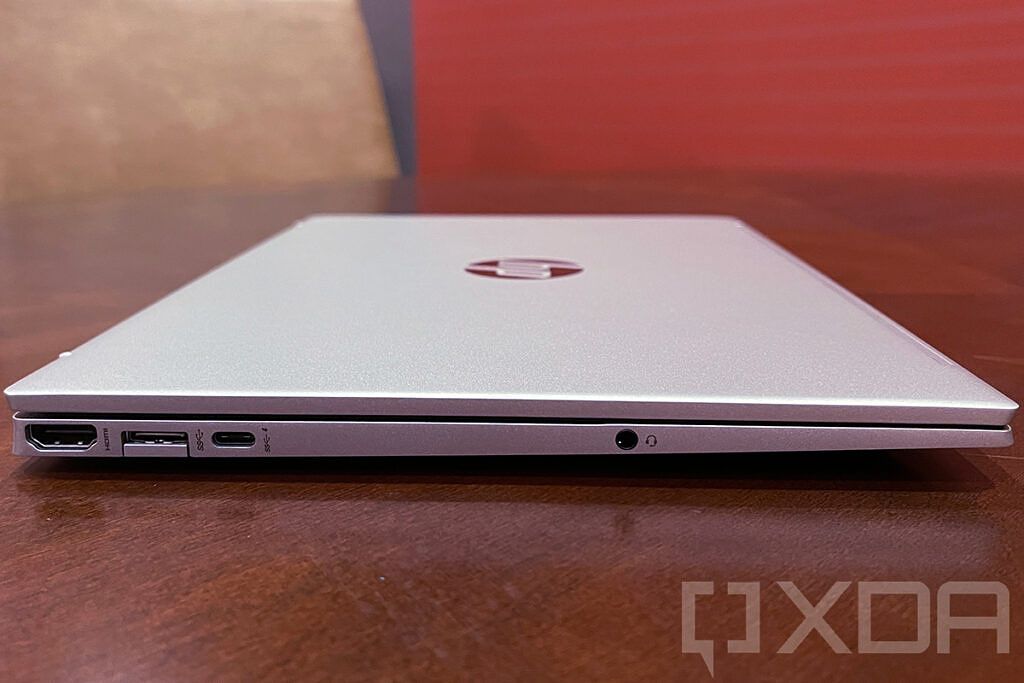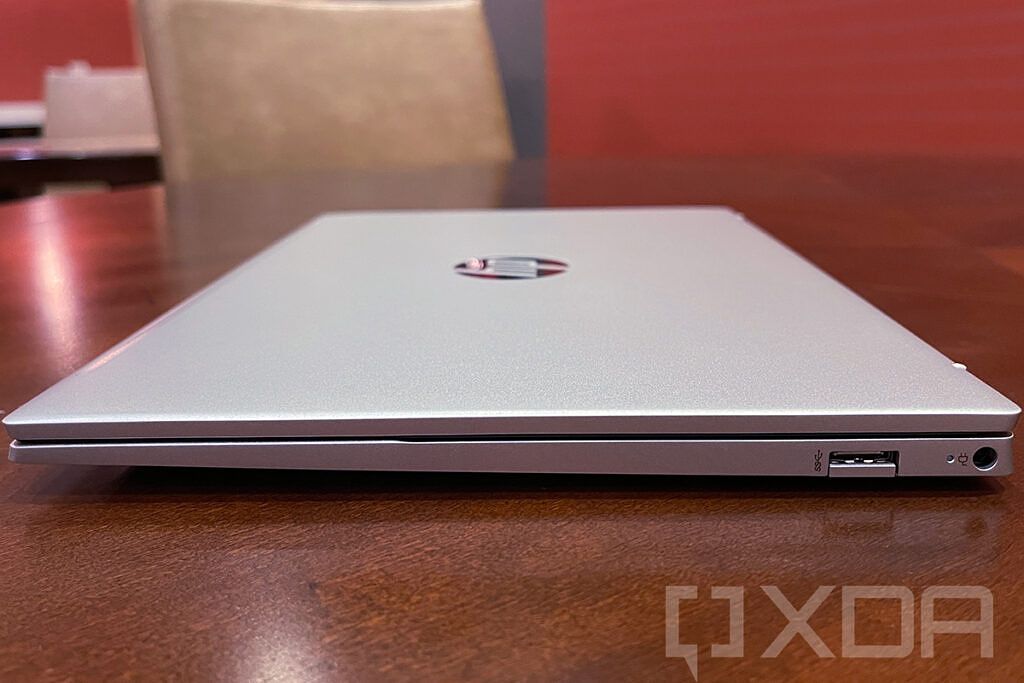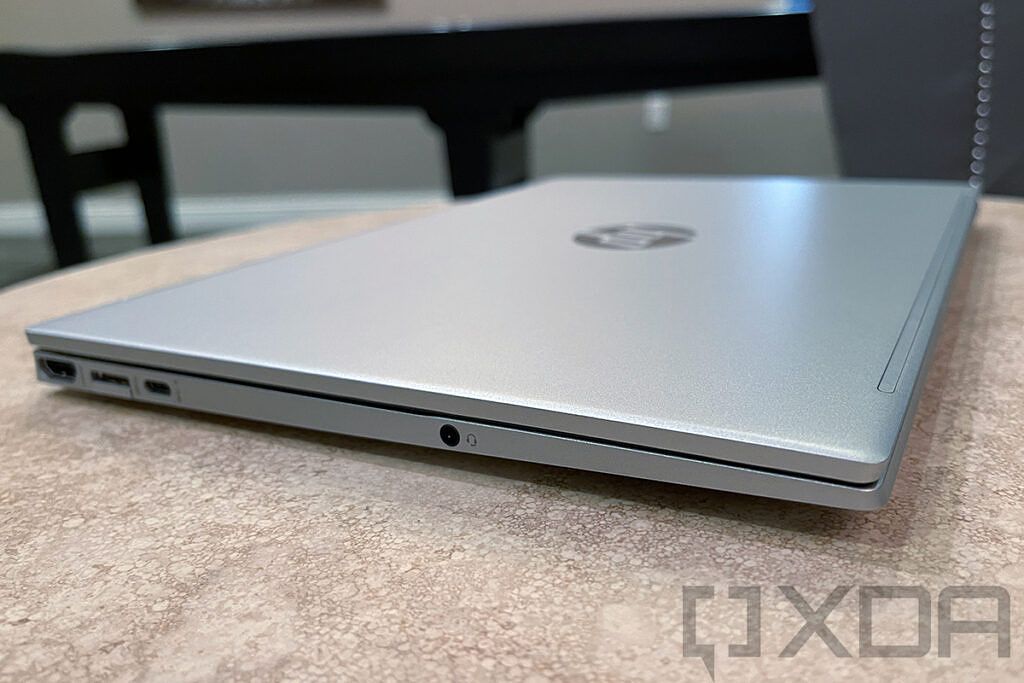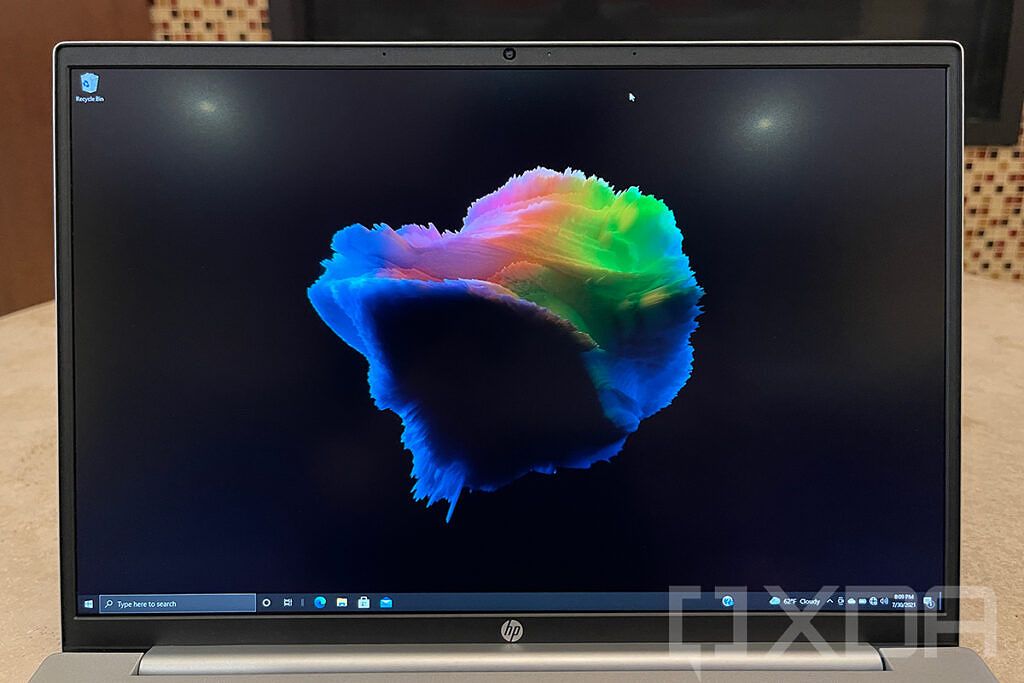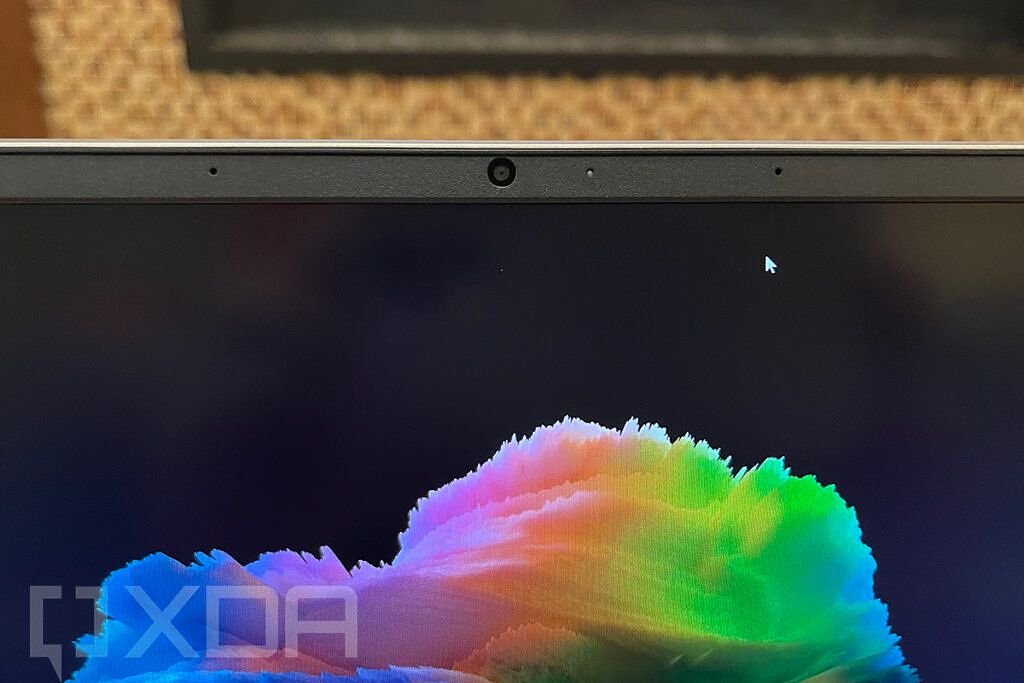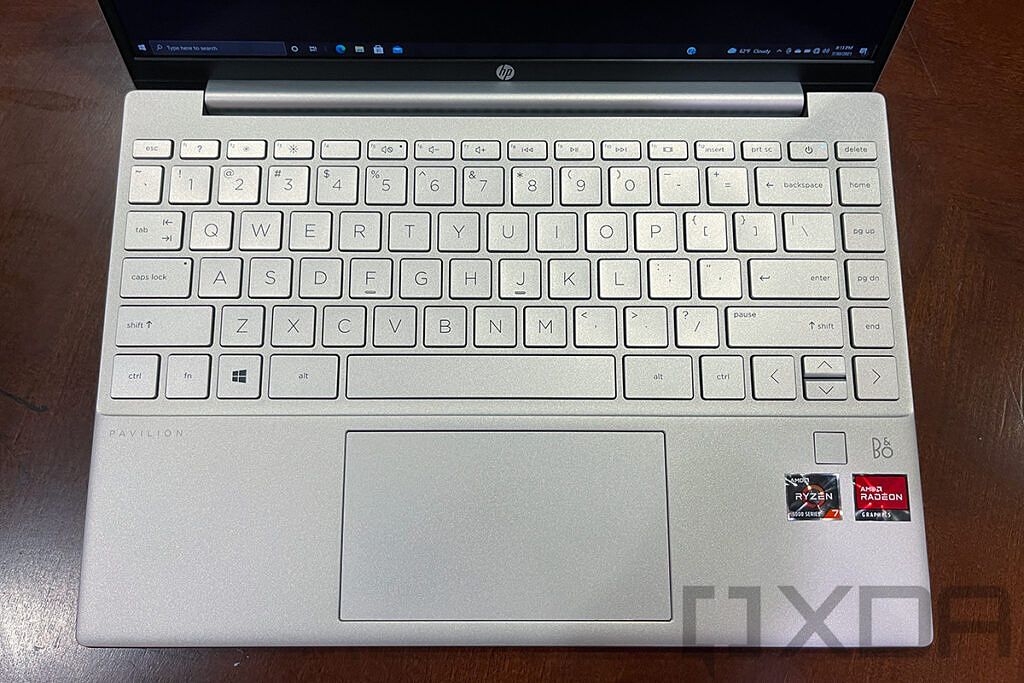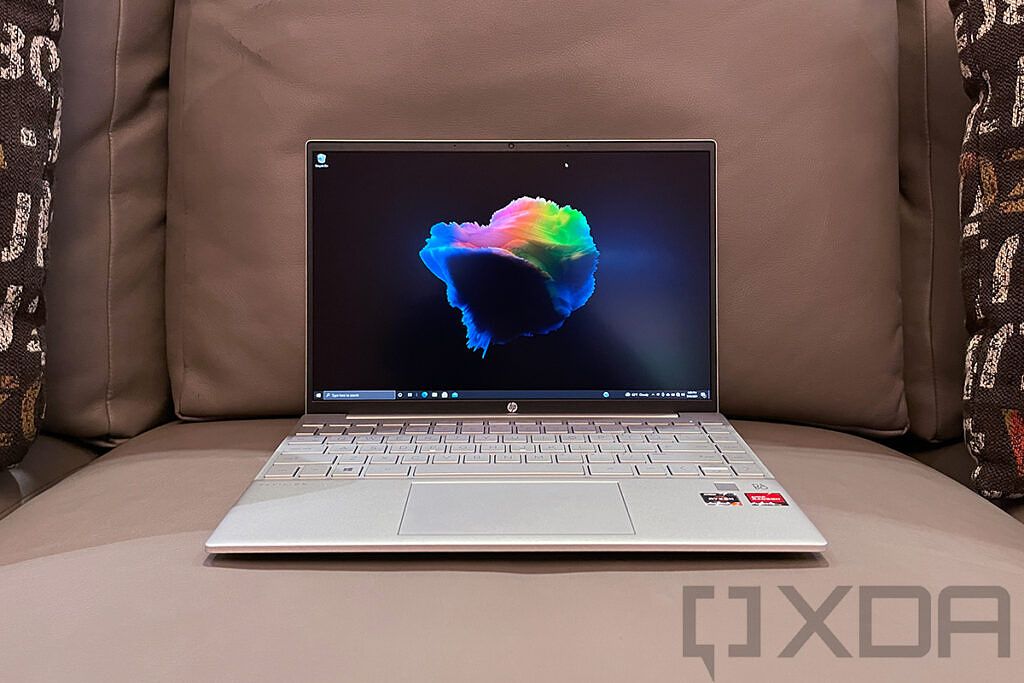Whenever HP sends out a round of review units, it holds a workshop where we can refresh our knowledge of the product, ask questions, etc. For the HP Pavilion Aero 13, I only had one question -- why is this a Pavilion? You see, HP has four tiers of laptops. There's Spectre, which is the flagship premium brand. Right below that is Envy, fitting the high-end to premium market. Below that is Pavilion, which is mid-tier to mainstream. And finally, the firm has self-branded laptops (HP 14, etc.) for the entry level.
The Pavilion Aero feels more like it should be an Envy. Weighing in at under a kilogram, it's just one of those products that's easy to fall in love with. The answer to my question wasn't any different from what I expected. It's that premium features are constantly trickling down from the higher end brands into the more mainstream ones.
Indeed, HP Pavilions have always been fine laptops. The last one HP sent over offered 4G LTE in a $700, Intel-powered laptop, something that's unheard of at that price range. But one thing that's more common at that price range is to have one key value proposition. One could argue that with the HP Pavilion Aero, that one value proposition is that it's so light. It doesn't feel that way though, because this thing is great all-round. It really does feel like it should be in a higher tier than it is, so you get a tremendous amount of value with this laptop.
The design is really slick
I don't really want to get into performance, or even display testing. We know an AMD Ryzen 7 5800U paired with 16GB of RAM is going to be great. And after all, Pavilions I've reviewed going back years have had 15W Intel Core processors. Performance is never the issue. It's always that when compared to a higher end device, the Pavilion weighs more, it's thicker, and so on.
The HP Pavilion Aero 13 feels like so much more than a mainstream PC.
The HP Pavilion Aero 13 weighs under a kilogram. Oddly, HP.com lists it as <2.2 pounds, so the spec sheet doesn't list an exact weight. It's immaterial though; if it was under 2.1 pounds, the company would let us know.
There are two ways to hit a weight like that. One is to use a low-power CPU, and the other is to use a magnesium alloy. HP went with the latter, using magnesium-aluminum. The fun thing about that is you don't end up taking a performance hit in order for the PC to be light.
Indeed, rather than going for thin and fanless, this is a full laptop. It even has two USB Type-A ports, both of which use a drop-jaw hinge, as this is a thin machine. In fact, it even has HDMI 2.0, a nice addition that will allow you to connect a high-resolution monitor. The USB 3.2 Gen 2 Type-C port can do that too, supporting DisplayPort 1.4. There's no Thunderbolt of course, being an AMD-powered laptop.
One notable compromise is this machine does have a barrel charging port, which we still tend to see on mainstream and entry-level laptops. Obviously, I'd rather have seen a second USB Type-C port, but we should probably remember this is still a Pavilion.
It has a chamfered edge in the front, something I really like about HP laptops. It just makes it nice and comfortable to open the lid.
This actually comes in four colors: Natural Silver, Warm Gold, Ceramic White, and Pale Rose Gold. HP sent me Natural Silver.
The HP Pavilion Aero has a 13.3-inch 1080p display, with a QHD option
If I told you this thing weighs under a kilogram in a package that feels premium, has an AMD Ryzen 5000 processor, and it has 16GB RAM and a 512GB RAM at its price point, that would be pretty wild. Even at that point, you'd start looking for places that HP cut corners.
We're not done yet though, because the display is awesome. It has a 13.3-inch 16:10 1920x1200 screen. Yes, the 16:10 aspect ratio makes it taller, and it's a popular feature we've seen show up over the last year. That's all well and good.
What really blows me away is the quality of the display. That's a common compromise at mainstream price points. At that price point, you'll start to notice color distortions at certain viewing angles, and the screen won't have a wide color gamut. The display on the HP Pavilion Aero 13 is actually really good.
The bezels are surprisingly small as well, on all four sides. It does have a webcam at the top, but here's where some compromises come in. It's a 720p webcam and there's no IR camera for facial recognition.
There's one other thing to note. There's actually a QHD option for the display, so if 1920x1200 isn't enough for you, there's a step up.
The keyboard backlight isn't standard
The keyboard on this product is pretty good. It's no Elite Dragonfly Max, but the HP Pavilion Aero 13 stands out above its competition. There's only one problem, which is the keyboard doesn't actually have a backlight on the model HP sent me. When you configure your unit, you'll have to pay an additional $20 for that.
It's a shame. A backlit keyboard is a standard for many. This is a compromise I've seen on Pavilions in the past, and I really don't get it. It really shouldn't be a premium on anything over $500.
Other than that, the keyboard is actually quite good. It reminds me of what you'd have found on a Spectre a few years ago. I've had plenty of bad experiences with keyboards on mainstream laptops, but HP has put a lot of effort into keyboards in the last few years, and it shows across the entire lineup.
The HP Pavilion Aero 13 is an exciting product
Mainstream laptops tend to be one-trick ponies; they do one thing well, and the rest is just fine. As I mentioned, the last HP Pavilion I reviewed was a $700 laptop that had 4G LTE, along with Intel Core processors. However, it used a CPU that didn't have Iris Plus Graphics, it weighed over three and a half pounds, it was three quarters of an inch thick, the keyboard had no backlight, there was no Windows Hello, and it had a dim display.
All of that's fine for a $700 laptop, except perhaps for the non-backlit keyboard. It's even more acceptable when you're adding key features like cellular connectivity. There's no cellular connectivity option on the HP Pavilion Aero 13, but it really seems like there are fewer compromises here than there should be, which is a very good thing.
Here's what I see as compromises -- the backlit keyboard isn't standard (but it exists), the webcam is still 720p (but 1080p webcams still aren't even very common on PCs), there's no IR camera (but there's a fingerprint sensor), and there's no cellular option. If you pay the extra $20 for the backlit keyboard, you're in good shape.
Here's what we do get from the HP Pavilion Aero 13. It's ultralight at under a kilogram, it has a lot of power that doesn't break the bank, it has a great display with FHD+ and QHD+ options, and it feels premium. I'm really excited to spend more time with it.
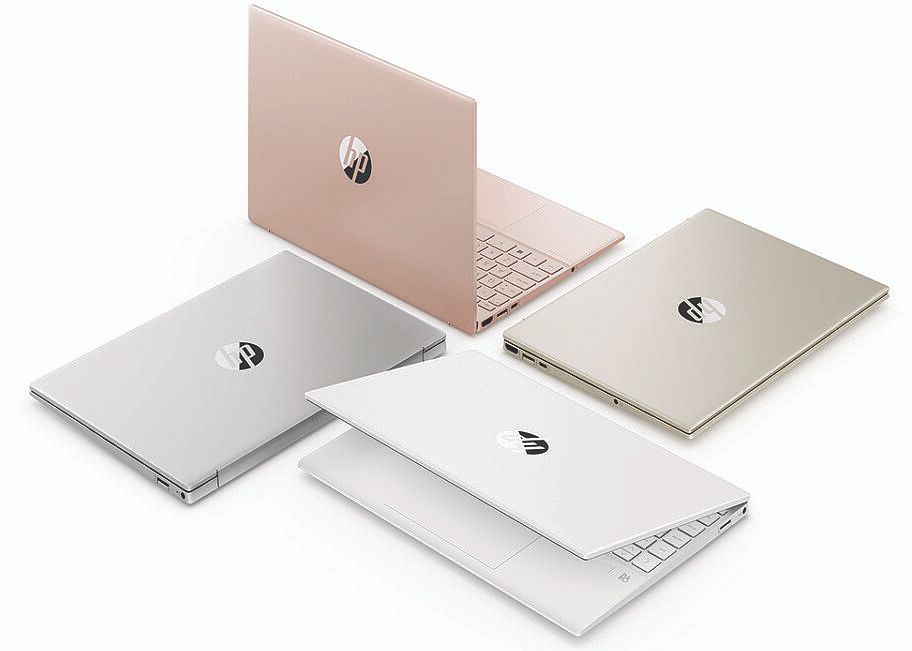
HP Pavilion Aero 13
The HP Pavilion Aero 13 weighs under a kilogram, but still has AMD Ryzen 5000 power and more.

